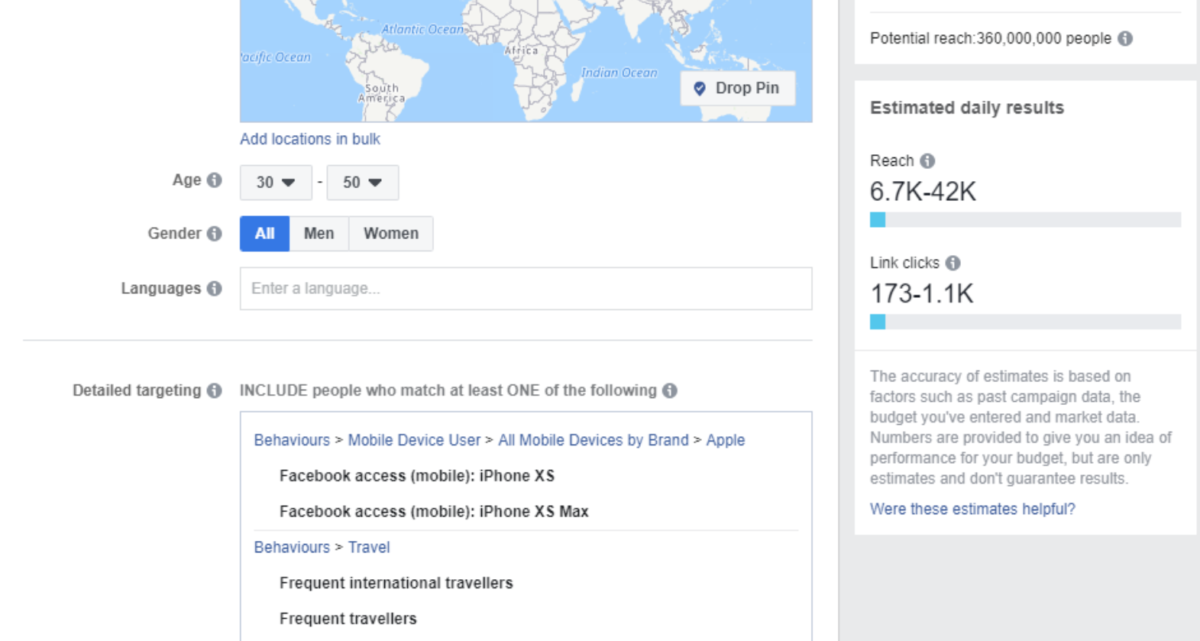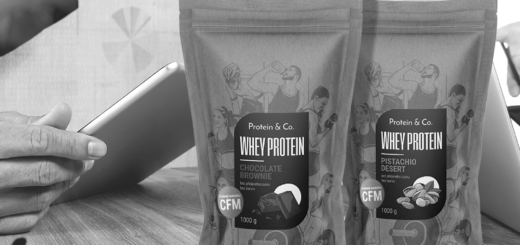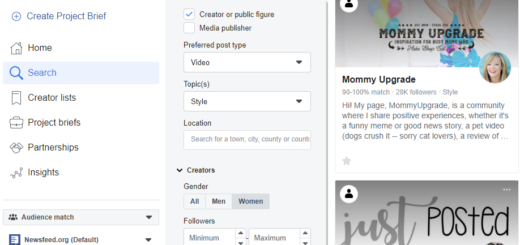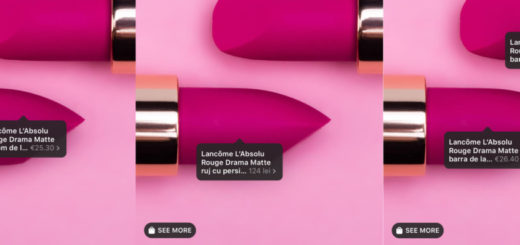
In some campaigns, especially for luxurious and high-priced products, we want to advertise to well-off people who can afford considerable expenses. Which targeting criteria should we use to maximize the target audience reach and, in effect, the conversion rate?
The first thing to keep in mind when determining your target audience on Facebook is that we have to rely on our biases and assumptions so that the highest possible amount of people fulfil our requirements. We put our trust in probability – there is a higher chance that a Mac user is wealthier than the one using Xiaomi, even if that is not always the truth. To maximize our chance of reaching a specific group we create multiple audiences with different targeting criteria – especially when we work on higher budgets.
Which targeting criteria should we pay attention to?
- Devices mentioned above are good indicators. Especially because we associate Apple products with affluent people. That is why targeting macOS users should bring good results. To increase the effectiveness of our ads it is advisable to narrow down our audience to users of the latest devices e.g. iPhone X.
- People who often travel abroad. Even if their travels are work-related, chances of them earning higher wages are elevated. Trip consideration, a Facebook targeting novelty, may be a good addition.
- Remarket people who browsed luxurious categories or products in your shop. Browsing through certain categories does not however always equal purchase intent, that is why…
- …targeting people who have already spent considerable sums in your shop should prove to be more effective.
- If the premium product is available in your shop for a long time it may be a good idea to create a lookalike audience based on previous shoppers.
- Education, with the emphasis on the university’s prestige and field of study. Graduates of technical universities are often those who earn the most. It is advisable to choose positions and professions associated with higher wages.
- Credit card users. Even if they are not especially affluent, they still have money to spend. Often times a credit card is a symbol of a consumerist lifestyle.
- Business owners and executives – the higher the responsibility and expertise, the higher the salary. At least in theory.
- Married couples living in rich neighbourhoods. If such a family has their own flat in such a district they probably have a stable financial situation.
At the same time, we have to remember, that interests not always correspond to reality. A person browsing through fancy electronics and deemed by Facebook to be “interested in luxurious products” does not have to be someone affluent. It is best to place our bets on behaviour or remarketing.
Whom to exclude?
- People under 21 years old, and often times those upwards of 50. These people are usually either not affluent enough, or have different shopping priorities.
- Those living with flatmates in rented homes may also not be our ideal target. They often choose this kind of arrangement as they want to save money, not spend it.
Targeting based on our biases about rich people is effective, although it will not always cover the whole audience we want to reach. That is why it is advised to create numerous target audiences with different settings and regularly optimize the budget, prioritising these creatives and groups which converts best. Tips found in this article is a good place to start, but further down the road, you should adjust your targeting and campaign setup based on the results and your observations.











